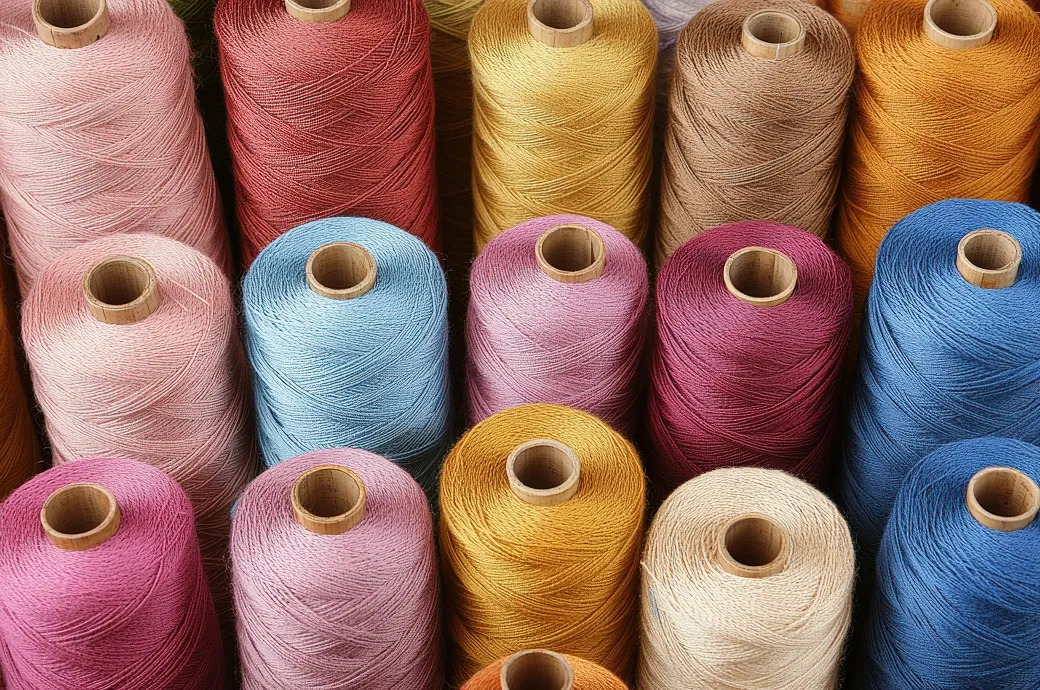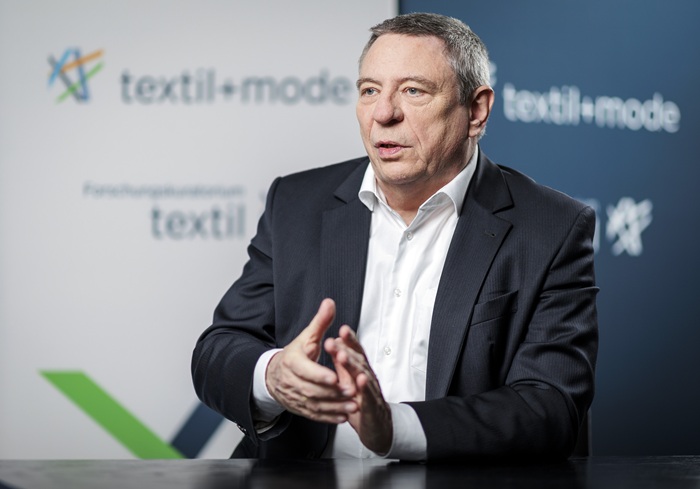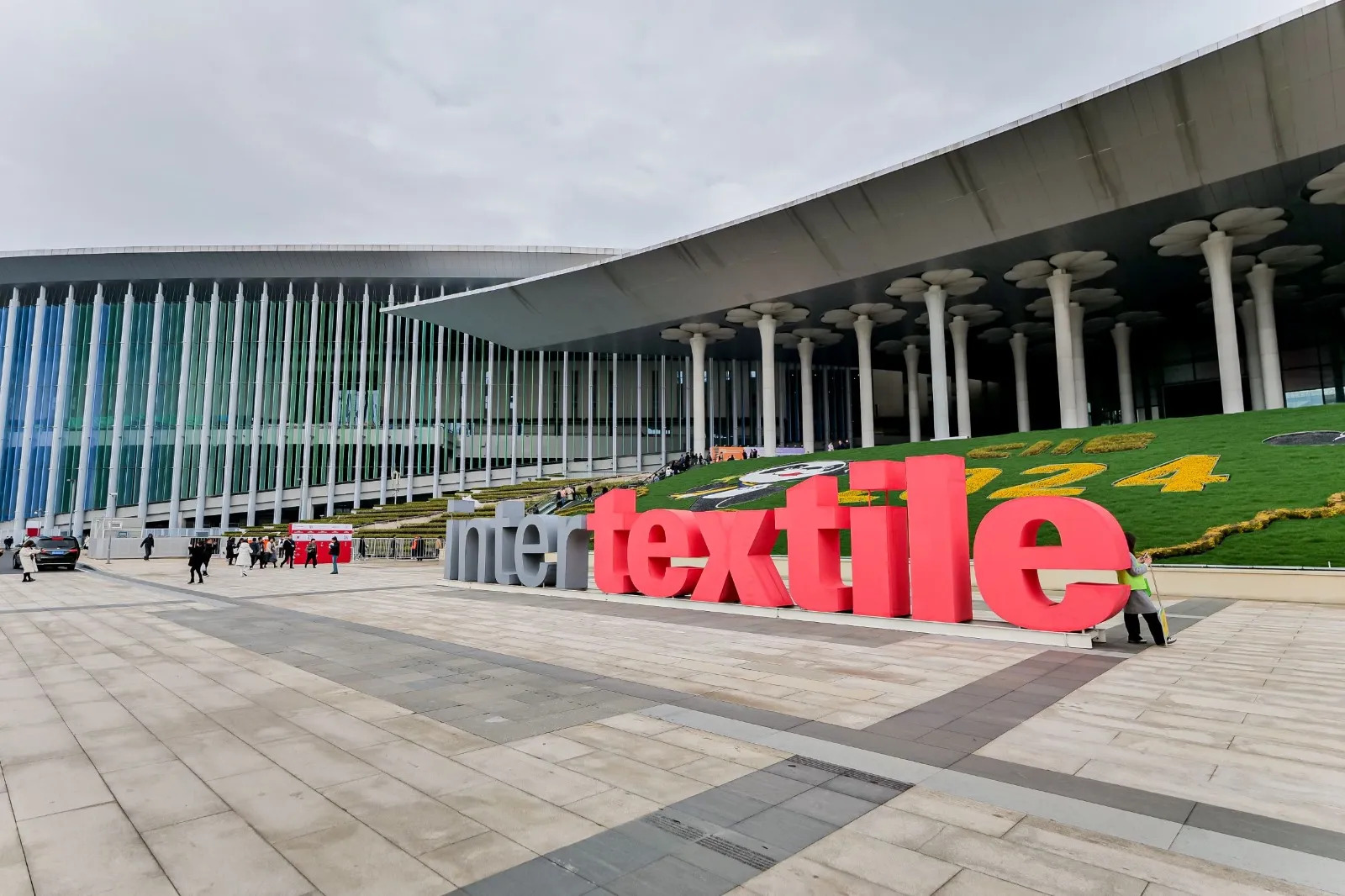FW
Rwandan beneficiaries of the African Growth Opportunity Act (AGOA), a trade preference program of the US and select African counties, has called for easier access to US visas claiming that the rigorous process has kept them out of the market. The call was made when officials from the Trade and Industry ministry, Rwanda and US Ambassador to Rwanda, Erica Barks-Ruggles launched the renewed AGOA action plan a year after the US government decided to renew the free trade framework for sub-Saharan African countries by 10 more years, beginning 2015.
Although the number of Rwandan exports to the US remains relatively low compared to other African countries such as Nigeria, Angola, Kenya and South Africa, traders say there is need for more technical support from the Rwandan side and mitigation of the lengthy bureaucracy in acquisition of visas on the US side.
According to Gilbert Kubwimana, the Country Director of Songa Designs, a company that makes Rwandan-made jewellery for sale in the US, the cost of transactions and shipping has been a hurdle besides unreliable clearance freight agencies. Established in 2000, AGOA is the flagship of US trade engagement with Africa, the mandate of which was renewed by US executive despite calls by Congress to terminate it in the interest of the US economy.
However, according to Francois Kanimba, the Minister for Trade and Industry, re-launched AGOA Rwanda chapter will help traders unlock the potential of the US market although the priority has always been to first supply the local and regional markets.
Under the Generalised System of Preferences (GSP) program, approximately 5,000 products from 122 developing countries and territories, including 43 least-developed countries, are eligible for duty-free treatment when exported to the US. Nearly 1,500 of these are reserved for duty-free treatment for only least-developed beneficiary developing countries.
Environmental group Stand.earth wants Levi Strauss & Co. to step up its efforts to reduce pollution and increase the use of renewable energy across its entire supply chain.
The campaign wants Levi’s to make a leadership-level climate commitment for the full supply chain to meet or beat the Paris Climate Agreement, a 30 per cent to 40 per cent reduction in total greenhouse gas emissions by 2025. The campaign also calls for the company to transition its entire supply chain to renewable energy, with a minimum of 50 per cent of energy sourced through renewables by 2035, and a long-term carbon emission reduction target of 66 per cent by 2050.
Stand.earth believes Levi’s can catalyze the demand for renewable energy in China and India and accelerate the shift away from coal and other fossil fuels.
Coal is the top source of electricity in the company’s factories. Levi’s works with 170 factories in China, where coal powers 70 per cent of the electrical grid, and in 44 factories in India, where coal powers 75 per cent of the electrical grid.
Levi’s aims at 25 per cent reduction in greenhouse gas emissions at its US offices, retail and distribution centers. On the manufacturing side, Levi’s is working toward a five per cent annual reduction in greenhouse gas emissions per product shipped from company owned and operated plants by 2020.
While farmers in parts of Punjab have started uprooting cotton crop fearing attack of the whitefly pest, officials from the State government and the Centre are regularly visiting the cotton-belt to monitor the situation.
The pest attack, which caused extensive damage to Bt cotton crop last year in Punjab and Haryana, had been reported to be present this year too in a few villages of Malwa region mainly Fazilka district of Punjab. Farmers are worried that there could be increased infestation if the current hot and humid weather conditions continue to prevail for the next 15-20 days. Meanwhile, an increase in jassid pest attack which also sucks the crop like whitefly is worrying farmers in parts of Mansa and Bathinda districts.
After facing farmers’ wrath in the poll-bound State last year, ruling Akali government and the Centre are taking no chances. A steam of officials and experts touring the cotton belt for surveillance held a review meeting Jasbir Singh Bains, Director, Punjab Agriculture Department said that his department has been able to control the spread of whitefly this season as it was limited to 132 acres in a few villages. But the next 20 days or so are critical. If it rains, it will be good for the crop. Bains is a part of the expert team.
Whitefly attack caused extensive damage to Bt cotton varieties last year in Punjab and Haryana, resulting in a drop of nearly 40 per cent in production. Bt cotton accounted for over 98 per cent of the total cotton sown last year in both the States. The remaining two per cent was the indigenous cotton varieties. This season too, Bt cotton accounts for over 93 per cent of the total cotton sown. After the losses they suffered last year due to whitefly attack, farmers in both Punjab and Haryana have planted less cotton this year. In Punjab, the area has shrunk from 4.50 lakh hectares last season to 2.56 lakh hectares and in Haryana, cotton has been sown in 5 lakh hectares this year, against 5.80 lakh hectares last year.
Pakistan's GSP facility by the European Union and fluctuations in the value of local currency against that of major importing countries continues to take a toll on the country's terry towel and home-textile exports. Lower global demand for terry towel and home-textile products coupled with absence of necessary policy support from the government is also responsible for the situation, say experts. These factors have resulted in almost halving terry towel exports in the last five years.
Meanwhile, local terry towel exporters fetched only $47.80 million in the 2015-16 fiscal, compared to $92.11 million in 2011-12 fiscal. Earnings from the home-textile sector almost flattened in fiscal years 2012-13 and 2013-14, while it posted a 6.38 per cent negative growth in the last fiscal year. The industry fetched $753.01 million in the just-concluded fiscal year against $906.07 million in 2011-12 fiscal, according to the Export Promotion Bureau (EPB) data.
A study conducted in 2014 by Bangladesh Foreign Trade Institute (BFTI) apprehended that Bangladesh would likely face strong competitive pressure from Pakistan following the EU GSP facility and home-textile would be the main victim of the new system. The global demand for home textiles and terry towel products is slow following the financial crisis, while locally made products are facing stiff competition with those of Pakistan and India, according to Hossain Mehmood, chairman of Bangladesh Terry Towel and Linen Manufacturers and Exporters Association (BTTLMEA).
The textile industry is an important contributor to Kenya's economy, serving as a large source of jobs and export earnings. But Kenya’s apparel industry, valued at $330 million a year, is still small, with an estimated 30,000 workers, versus the $23 billion industry in Bangladesh that employs 4.2 million people. In Kenya, the industry comprises only six per cent of the small manufacturing sector.
However, the country is trying to grab a larger slice of the global clothing market. It has the best chance to do so in a few years, thanks to shifting global trends. It all boils down to China, which is no longer the factory of the world. Even when it comes to Bangladesh international buyers are reconsidering their strategies. People are very concerned about building safety in Bangladesh. While Africa has water, cotton, labor and green energy. Cotton exports from Africa account for about 13 per cent of the world's production. And unlike Bangladesh, African countries also have duty-free access to the US apparel market.
Foreign buyers, mostly from the US, are hoping to increase the volume of orders they place with Kenyan apparel factories. And Kenyans happen to be expert clothes makers. Some factories in Kenya already produce denim for H&M, Walmart and others.
For its sixth edition next year, Asia Apparel Expo 2017 will present collections from Asian outfits offering men’s, women and children’s wear as well as knitwear, fabrics and textiles, trimmings and accessories. The Expo will be held in Berlin from February 14 to 16, 2017. Currently, Europe imports nearly half of world's entire clothing production. With Asia being the major world supplier of garments today (accounting for 32 per cent), the Berlin-based trade show hopes to bring major manufacturers to one location making it simpler for European buyers to network.
China is the leading world producer and supplier of clothing while another six countries like China, Indonesia, Vietnam, Bangladesh, Sri Lanka and India account for 80 per cent of Asia's apparel exports to Europe, America and Japan. As per the organisers, over 300 companies are expected to participate in the show particularly from Hong Kong and China, as well as the other major apparel export producing countries like Bangladesh, Pakistan and India. On offer will be finished garments, contract manufacturing and private label development. Over 1,800 trade professionals are expected to attend the show, the organisers said in a statement.
Bangladesh is the second largest exporter of clothing after China to the world. The country’s global market share in clothing rose to 5.9 per cent in 2015; China’s share stood at 39.3 per cent; Vietnam is the third largest with 4.8 per cent share in 2015 from four per cent the previous year. India and Turkey jumped to 4.1 per cent and 3.4 per cent from 3.7 per cent and 3.5 per cent respectively. The global market size of readymade garment products is around $450 billion dollars.
Bangladesh needs over 13 per cent growth for achieving the $50 billion export target by 2020. In the last fiscal, Bangladesh earned $28 billion with over 10 per cent growth rate. A market share of about seven per cent within the next two years is possible as a result of additions to the country’s production capacity. The country has an enormous opportunity to enlarge its global market share as it has started producing higher- and medium-end products.
The fact that buyers are relocating their business from China is an advantage for Bangladesh. But to cash in on this shift, Bangladesh has to identify those relocating their businesses and build networks with them. Also non-traditional export markets are playing an important role in readymade garment exports.
The general secretary of Global Economist Forum-Bangladesh (GEF-B) Mamun-Ur-Rashid believes the recent terrorist attacks may erode investors’ confidence in the country. This could cast an adverse effect on the country’s ability to attract Foreign Direct Investment (FDI). He however, claims the government has been able to recover lost image by virtue of the strong action which will help foreigners keep confidence on the country. Rashid, who is also the Additional Managing Director of Standard Bank feels it is the most damaging of a series of attacks targeting foreigners and minorities in the past year and highlighted political risks that are factored into the government bond rating, through assessment that Bangladesh’s vulnerability to political event risks is moderate. Besides, prolonged political or geopolitical instability could erode investors’ confidence and a worsening of the external payments position, he said.
He pointed out that adverse trends in foreign investment would be particularly detrimental to garment exports, a predominant growth driver. Exports comprise 16.3 per cent of Bangladesh’s GDP and sustaining foreign investment in the textile sector which accounts for 80 per cent of the total export basket is crucial for growth. Moreover, Bangladesh is one of the few countries in Asia Pacific that has continued to record exports growth as global demand has weakened.
He also informed that between July 2015 and April 2016, Bangladesh’s total exports increased by 9.2 per cent year-on-year. Among the ones that powered the increase were pharmaceuticals, raw jute, knitwear and woven garments and engineering goods exports.
Cotton On says, Australia's no-frills chain stores in South Africa are key contributors to its revenue growth, thanks to the rising number of young consumers and ease of doing business in the country, once entry hurdles are cleared. According to Michael Hardwick, the firm’s global Chief Finance Officer, their South African operations have reported double-digit growth every month since opening its first store in 2011. He further stated that South Africa still rates as one of the hardest business to get established. However, it rates as one the company’s easiest business to operate once one has got through the regulatory establishment.
Over the next three years, Cotton On will double revenue in South Africa. The privately-owned company has an overall revenue growth target of 20 per cent year-on-year, which it has achieved for the past five years. Its planned expansion comes as South Africa's economic growth is forecast to stagnate this year while interest rates have risen by 200 basis points since early 2014, putting a tighter squeeze on consumer spending.
However, retail sales reached their strongest level in two years after rising 4.5 per cent year-on-year in May. People with jobs are buying more consumable goods and less durable goods such as motor vehicles the sales of which have dipped steadily since November when a small bounce was noticed.
Swedish multinational retail-clothing company H&M also plans to capitalize on retail growth by opening a further four stores this year bringing the countries footprint to nine stores in South Afric.
"A recent study by Boston Consulting Group reveals 50 per cent of Millennials believe brands ‘say something about who I am, my values, and where I fit in,’ while a recent Nielsen study found that three out of four Millennials - a coveted audience for any apparel company - are willing to pay extra for sustainable product offerings. Fashion brands that ignore the clear preference of Millennials for sustainable products and the business opportunity this presents do so at their peril."
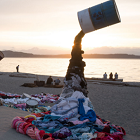
Fashion brand leaders across the world are incorporating sustainability strategies into business models and growth strategies, and reevaluating their supply chains to identify and pursue opportunities to reduce petroleum use, carbon emissions, water use and waste throughout the value chain.
A recent study by Boston Consulting Group reveals 50 per cent of Millennials believe brands ‘say something about who I am, my values, and where I fit in,’ while a recent Nielsen study found that three out of four Millennials - a coveted audience for any apparel company - are willing to pay extra for sustainable product offerings. Fashion brands that ignore the clear preference of Millennials for sustainable products and the business opportunity this presents do so at their peril.
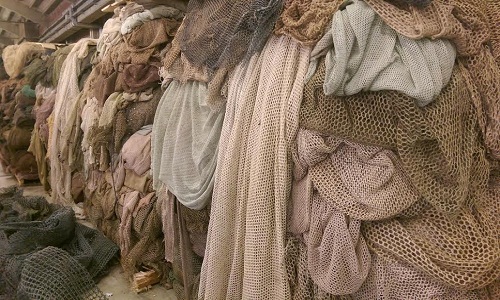
Sustainability has come to the forefront of the fashion industry to address the concern of the apparel industry's environmental footprint as well as the opportunity to build brand loyalty with Millennials and increase market share. Major fashion brand leaders are incorporating sustainability strategies into their business models and growth strategies, and reevaluating their supply chains to identify and pursue opportunities to reduce petroleum use, carbon emissions, water use and waste throughout the value chain.
Formal measurement and assessment tools have been established to help drive improved environmental and social performance, as sustainability bubbles to the top of the priority list in the apparel industry.
PFM Benchmark program
Following an initial trial in 2015, Textile Exchange released its Preferred Fibers & Material (PFM) Benchmark program this year. An astounding 89 brands and retailers from across multiple countries and product sectors have submitted entries. The PFM Benchmark provides a robust structure to help companies systematically measure, manage and integrate a preferred fiber and materials strategy into mainstream business operations. Confidential feedback to companies and a sector report will be released in September.
The Sustainable Apparel Coalition's Higg Index is the leading suite of self-assessment tools designed to empower brands, retailers and facilities of all sizes, at every stage in their sustainability journey, to measure their environmental and social and labor impacts and identify areas for improvement. Higg delivers a holistic overview of the sustainability performance of a product or company - a big-picture perspective that is essential for progress to be made.
Meanwhile, there are many sustainability-enabling pressure points for apparel companies to measure and manage. One such opportunity is new technology that is emerging as a solution for reducing petroleum use in the manufacturing process through the integration of bio-based chemicals and materials. Bio-based fibers are not new within the textile arena, but early materials were manufactured through a fermentation process, which made environmental improvements cost-prohibitive.
The chemical industry hasn't had a viable technology option for cost-competitively producing 100 per cent bio-based ‘drop-in’ aromatic chemicals (i.e., benzene, toluene and xylenes (BTX) – the basic chemical building blocks used to make both nylons and polyesters for apparel - due to the lack of efficient and scalable processes that utilise renewable non-food biomass feed stocks.
Renewable sources
The portfolio of biosynthetic fibers today embraces nylon, polyester and spandex/elastane. PET polymer producers have begun to incorporate up to 30 per cent renewable content for beverage bottles, as Bio-MEG from sugar-cane ethanol becomes more widely available, but the purified terepthalic acid (PTA) has always come from petroleum sources of para-xylene. This is currently changing as second-generation bio-based materials entering the market today offer a practical and commercially viable pathway to bio-derived materials. These materials are generally comparable with and, in many cases, identical to petroleum-based products and are, by definition, renewable.
Incidentally, TE has set up a new Bio-Synthetics Working Group, comprised of TE members and experts with an interest in the future of bio-based materials as a solution to transitioning out of non-renewables and textiles based on petroleum towards more sustainable alternatives. The multi-stakeholder group, led by Mather, will be exploring challenges and barriers to growth, sustainability benefits, and importantly how to get bio-synthetics from R&D and proof of concept to market readiness and a commercially viable alternative to virgin materials. The WG meets in Hamburg, Germany at TE's Global Sustainability Conference, 4-6 October 2016.


